So picture this, you finally get a chance to escape quarantine, bags are packed and it’s time to head to the islands for essential sea, sun and sandy beaches. Everything is pretty much perfect except you get there and you’re greeted by mounds of seaweed on the beach and it wouldn’t be so bad if it weren’t also floating in the water nearshore. Can you picture it? ... Not ideal is it?
So picture this, you finally get a chance to escape quarantine, bags are packed and it’s time to head to the islands for essential sea, sun and sandy beaches. Everything is pretty much perfect except you get there and you’re greeted by mounds of seaweed on the beach and it wouldn’t be so bad if it weren’t also floating in the water nearshore. Can you picture it? ... Not ideal is it?
Sargassum on the remote McCartney Cay in the Turks and Caicos. Photo by Visit Turks & Caicos Islands
To make matters worse, as mounds of it decomposes, the smell hits you. It’s certainly not a salty breeze, but more like a sulfuric wave that lingers. Unfortunately it’s become the new reality for months at a time in the Caribbean and other small island development states.
So what exactly is it?
This particular seaweed is known as sargassum. It’s not the same seaweed/sea moss that you use in your smoothies or sushi dishes (at least not yet, but more on that later).
To make matters worse, as mounds of it decomposes, the smell hits you. It’s certainly not a salty breeze, but more like a sulfuric wave that lingers. Unfortunately it’s become the new reality for months at a time in the Caribbean and other small island development states.
So what exactly is it?
This particular seaweed is known as sargassum. It’s not the same seaweed/sea moss that you use in your smoothies or sushi dishes (at least not yet, but more on that later).
This golden brown seaweed is said to come from the middle of the North Atlantic Gyre in an area appropriately known as the Sargasso Sea, where ocean currents then carry the sargassum towards the Caribbean.
This golden brown seaweed is said to come from the middle of the North Atlantic Gyre in an area appropriately known as the Sargasso Sea, where ocean currents then carry the sargassum towards the Caribbean.
The Sargasso Sea. Photo by Ocean 71 Magazine
It should be noted that there is a debate on if the sargassum influx being experienced now is really coming from the Sargasso sea. While the region has had sargassum landfalls in the past, this high influx of blooms is recent. It’s easy to assume that climate change is the contributing factor to this change but at present, scientists are still uncertain. What we do know is that it seems to be a new norm. It’s here and much like all invasive species, it requires understanding and management particularly since it is likely to be a routine staple in the beach experience for the Caribbean.
It should be noted that there is a debate on if the sargassum influx being experienced now is really coming from the Sargasso sea. While the region has had sargassum landfalls in the past, this high influx of blooms is recent. It’s easy to assume that climate change is the contributing factor to this change but at present, scientists are still uncertain. What we do know is that it seems to be a new norm. It’s here and much like all invasive species, it requires understanding and management particularly since it is likely to be a routine staple in the beach experience for the Caribbean.
Main sargassum species in the Caribbean. Photo by Jeffery Schell
Main sargassum species in the Caribbean. Photo by Jeffery Schell
OK, so quick brief, there are three species typically found in this region, they are known as Sargassum natans I, Sargassum natans VIII and Sargassum fluitans III. I know, I know, why should you care what species they are? There’s no special reason to care just yet but maybe, just maybe, knowing the types and quick identifiers could make your next encounter with them a little more pleasant and perhaps fun (that may be a stretch, but I’m an optimist). Further, perhaps there may be significant differences in the species that may influence how they should be used. If you’re curious, check out the publication put forth by Jeffery Schell ( Schell et al., 2015) which highlights key identifiers.
OK, so quick brief, there are three species typically found in this region, they are known as Sargassum natans I, Sargassum natans VIII and Sargassum fluitans III. I know, I know, why should you care what species they are? There’s no special reason to care just yet but maybe, just maybe, knowing the types and quick identifiers could make your next encounter with them a little more pleasant and perhaps fun (that may be a stretch, but I’m an optimist). Further, perhaps there may be significant differences in the species that may influence how they should be used. If you’re curious, check out the publication put forth by Jeffery Schell ( Schell et al., 2015) which highlights key identifiers.
S. natans I generally have no spikes along the spine as opposed to S. fluitans III which showcases spikes along the spines. For younger plants, the spikes can be difficult to identify but can be remedied under a microscope. S. natans VIII is potentially the easiest to identify among the three, its bladders have no stems and the spines have no spikes. Unfortunately, this species is predominant in this region compared to S. fluitans III and S. natans I.
S. natans I generally have no spikes along the spine as opposed to S. fluitans III which showcases spikes along the spines. For younger plants, the spikes can be difficult to identify but can be remedied under a microscope. S. natans VIII is potentially the easiest to identify among the three, its bladders have no stems and the spines have no spikes. Unfortunately, this species is predominant in this region compared to S. fluitans III and S. natans I.
Identifying sargassum species for analysis.
Identifying sargassum species for analysis.
I’m an islander and a scientist, so Sargassum has become both exciting and a bother. I too had been itching to get back into the water after months of semi-quarantine (I work in a laboratory, so work from home was almost impossible), but much like the picture painted earlier, I was greeted by loads of floating Sargassum in the water. This is where I was separated from everyone else. They were annoyed, but I was intrigued. Why? Because I needed more samples for more research.
I’m an islander and a scientist, so Sargassum has become both exciting and a bother. I too had been itching to get back into the water after months of semi-quarantine (I work in a laboratory, so work from home was almost impossible), but much like the picture painted earlier, I was greeted by loads of floating Sargassum in the water. This is where I was separated from everyone else. They were annoyed, but I was intrigued. Why? Because I needed more samples for more research.
Sargassum along the beach in Portland, Jamaica
Sargassum along the beach in Portland, Jamaica
I work at a research facility in Jamaica where we utilize nuclear techniques to study the environment, among other interests. Unlike other techniques, utilizing what’s known as instrumental neutron activation analysis (INAA) offers the opportunity to study the Sargassum without “destroying” it with acids or other chemicals thus affording less opportunity for contamination. In simple terms, I take the plant from the sea, wash off the sand, blast it with neutrons in the reactor and then determine its elemental composition.
I work at a research facility in Jamaica where we utilize nuclear techniques to study the environment, among other interests. Unlike other techniques, utilizing what’s known as instrumental neutron activation analysis (INAA) offers the opportunity to study the Sargassum without “destroying” it with acids or other chemicals thus affording less opportunity for contamination. In simple terms, I take the plant from the sea, wash off the sand, blast it with neutrons in the reactor and then determine its elemental composition.
Collecting Sargassum at the beach while on vacation in St. Elizabeth, Jamaica
Collecting Sargassum at the beach while on vacation in St. Elizabeth, Jamaica
It seems like a lot but undertaking this analysis allows us to identify potential toxic metals in the plant which could further influence how it is treated and used. Here’s why this is very important: in Jamaica and other Caribbean Islands, Sargassum is already being used in a myriad of ‘value-added’ products which include food, drinks, medicine and compost. Additionally, much like other types of seaweed, it is also being considered as a source of biofuel. These are all incredibly creative and perhaps useful ideas given some of the main inconveniences of the plant. These include:
- Its impact on boat activity: the Sargassum blooms have been reported to clog the motors of the fishermen's boats. Consequently, this affects their ability to go out and collect catch for the day, their livelihood and the vendors that depend on their service.
- The horrid smell: As mentioned earlier, the sulfur in the decaying Sargassum is unbearable to endure and again, poses a discomfort to potential tourists and locals residing in coastal towns. Decomposing Sargassum releases hydrogen sulfide gas and ammonia.
To help “fight” against the massive blooms washing up on shores in the Caribbean, neighboring countries have found interesting ways to adapt through value added products. Some of these include:
It seems like a lot but undertaking this analysis allows us to identify potential toxic metals in the plant which could further influence how it is treated and used. Here’s why this is very important: in Jamaica and other Caribbean Islands, Sargassum is already being used in a myriad of ‘value-added’ products which include food, drinks, medicine and compost. Additionally, much like other types of seaweed, it is also being considered as a source of biofuel. These are all incredibly creative and perhaps useful ideas given some of the main inconveniences of the plant. These include:
- Its impact on boat activity: the Sargassum blooms have been reported to clog the motors of the fishermen's boats. Consequently, this affects their ability to go out and collect catch for the day, their livelihood and the vendors that depend on their service.
- The horrid smell: As mentioned earlier, the sulfur in the decaying Sargassum is unbearable to endure and again, poses a discomfort to potential tourists and locals residing in coastal towns. Decomposing Sargassum releases hydrogen sulfide gas and ammonia.
To help “fight” against the massive blooms washing up on shores in the Caribbean, neighboring countries have found interesting ways to adapt through value added products. Some of these include:
Cocktail crafted by Lardelli Cocteleria for hotels like the Ritz Carlton
Cocktail crafted by Lardelli Cocteleria for hotels like the Ritz Carlton
While these ideas are great and creative, we must look at this issue with some perspective. Food fraud, damage to coastal habitats and increased levels of arsenic are some of the major concerns to consider in this quest. With the increase intake of healthy foods, we’ve found that persons in the region are falsely marketing the sargassum as Irish moss, a powerful algae that is said to boost your immune system, help with eczema and sinuses (if nothing else, I can certainly attest to the latter), and is quite popular in protein based smoothies. Food fraud is one thing, but considering that studies have shown that Sargassum has elevated levels of arsenic, this may be problematic.
While these ideas are great and creative, we must look at this issue with some perspective. Food fraud, damage to coastal habitats and increased levels of arsenic are some of the major concerns to consider in this quest. With the increase intake of healthy foods, we’ve found that persons in the region are falsely marketing the sargassum as Irish moss, a powerful algae that is said to boost your immune system, help with eczema and sinuses (if nothing else, I can certainly attest to the latter), and is quite popular in protein based smoothies. Food fraud is one thing, but considering that studies have shown that Sargassum has elevated levels of arsenic, this may be problematic.
Where does that leave you?
You’re still stuck on the beach with Sargassum and it's not likely going to go away for a while. You have a few options:
- Leave it alone: The blooms provide important habitat for small fish, crabs and other marine life, which in turn attracts larger predator species. It is an essential habitat for several species of commercially important fish such as tuna and provides food and shelter to sea turtles. It also provides refuge for migratory species.
- Move it to the side: This will likely be done by hotel staff if present. It is important to ensure that heavy-duty vehicles are not used in this process as it does more harm than good. A rake should suffice. Remember, the beach is a part of an ecosystem and there is life beneath your feet in the sand.
- Supporting businesses: Support businesses that provide value-added products or develop one of your own (do so responsibly). Increased use of the beached Sargassum for these products reduces the likelihood that they will be left to rot on the beach.
Where does that leave you?
You’re still stuck on the beach with Sargassum and it's not likely going to go away for a while. You have a few options:
- Leave it alone: The blooms provide important habitat for small fish, crabs and other marine life, which in turn attracts larger predator species. It is an essential habitat for several species of commercially important fish such as tuna and provides food and shelter to sea turtles. It also provides refuge for migratory species.
- Move it to the side: This will likely be done by hotel staff if present. It is important to ensure that heavy-dutyvehicles are not used in this process as it does moreharm than good. A rake should suffice. Remember, the beach is a part of an ecosystem and there is life beneath your feet in the sand.
- Supporting businesses: Support businesses that provide value-added products or develop one of your own (do so responsibly). Increased use of the beached Sargassum for these products reduces the likelihood that they will be left to rot on the beach.
Baby crab found in Sargassum collected for analysis.
Baby crab found in Sargassum collected for analysis.
Much like with the lionfish invasion, islanders and coastal communities have found ways to attack the issue head-on without causing damage to the ecosystem. I’m confident that with our continued study into the plant, we’ll be able to have a balanced response and management plan.
I’d love to hear some of your ideas on how the region could adapt to the Sargassum blooms. Sound off in the comments below!
Much like with the lionfish invasion, islanders and coastal communities have found ways to attack the issue head-on without causing damage to the ecosystem. I’m confident that with our continued study into the plant, we’ll be able to have a balanced response and management plan.
I’d love to hear some of your ideas on how the region could adapt to the Sargassum blooms. Sound off in the comments below!
Jhénelle Williams is a scientist at the International Centre for Environmental and Nuclear Sciences in Jamaica where she focuses on applying nuclear techniques to understand the environment. As an islander, a diver and a member of the Explorers Club, she couples her research with her passion for conservation in an effort to support Jamaica's interest in achieving its sustainable development goals.

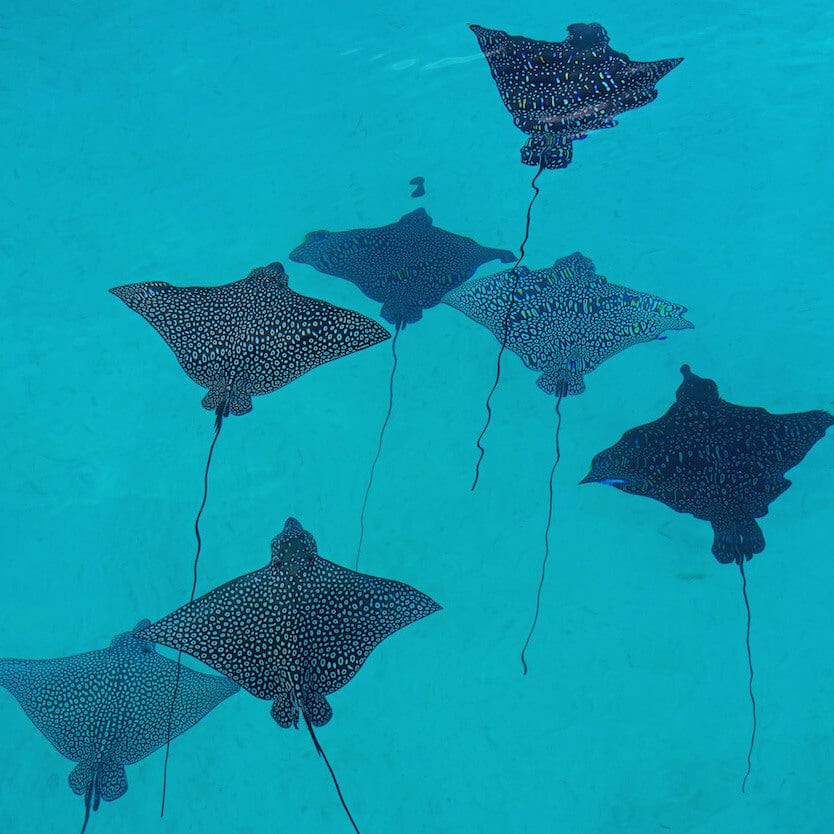
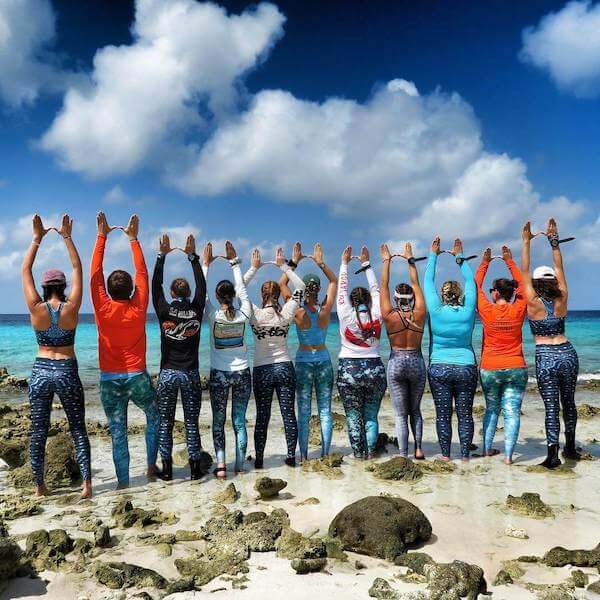
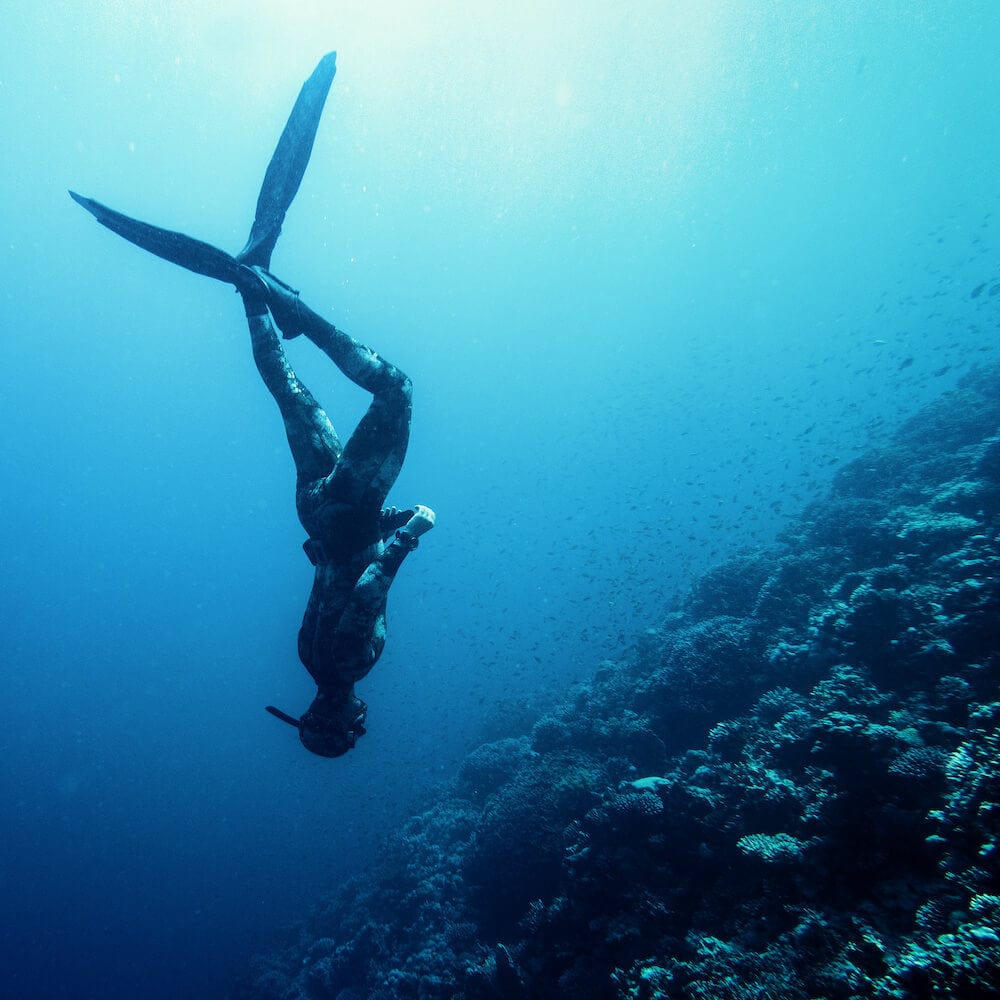

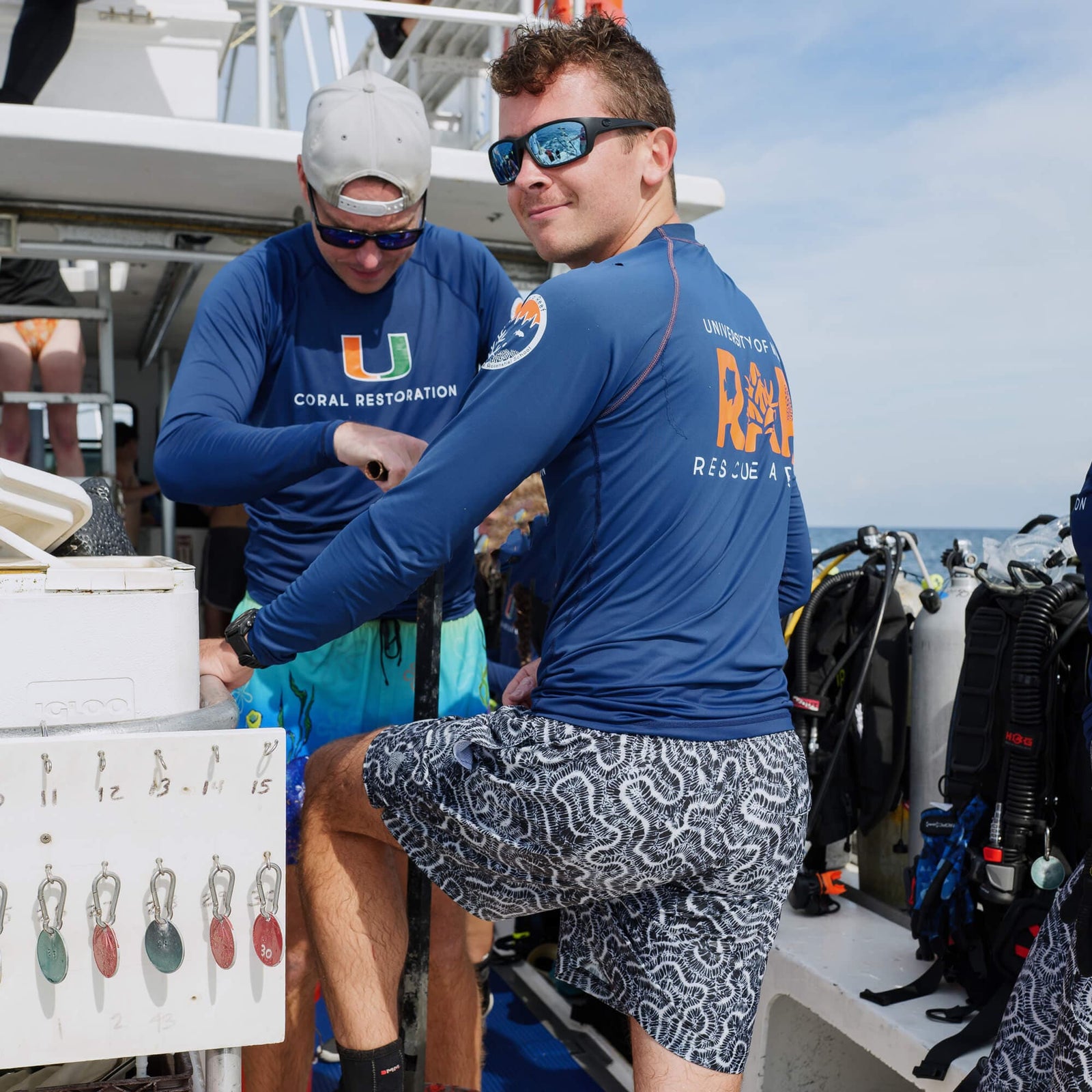
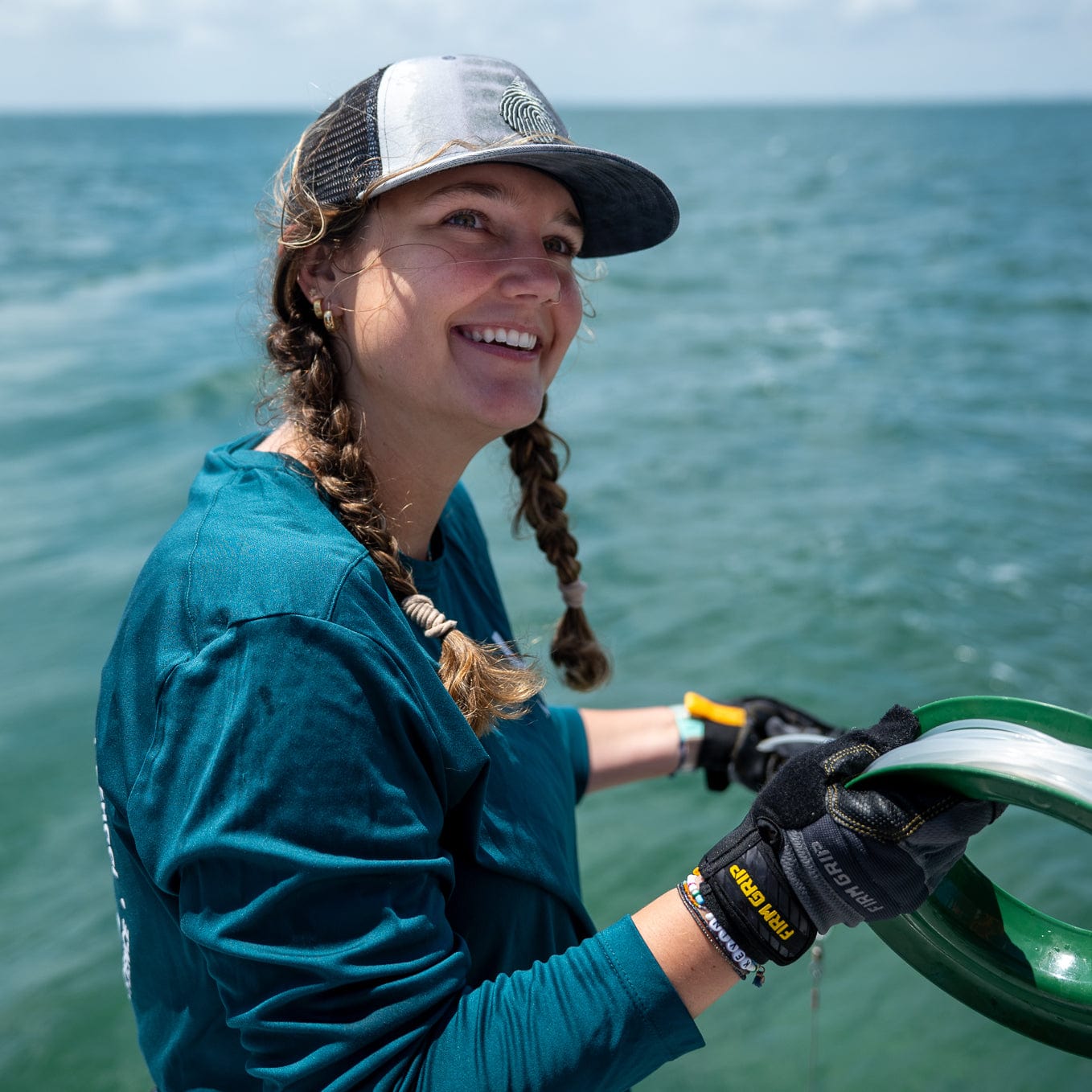

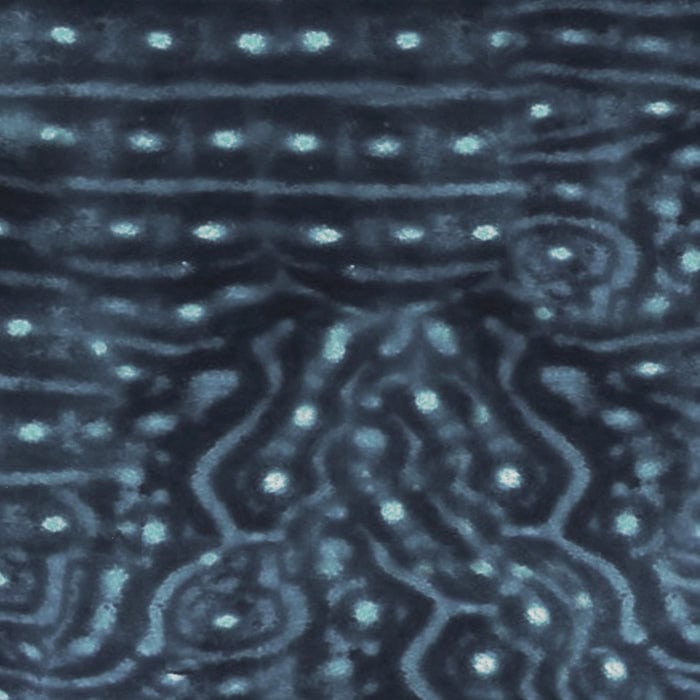

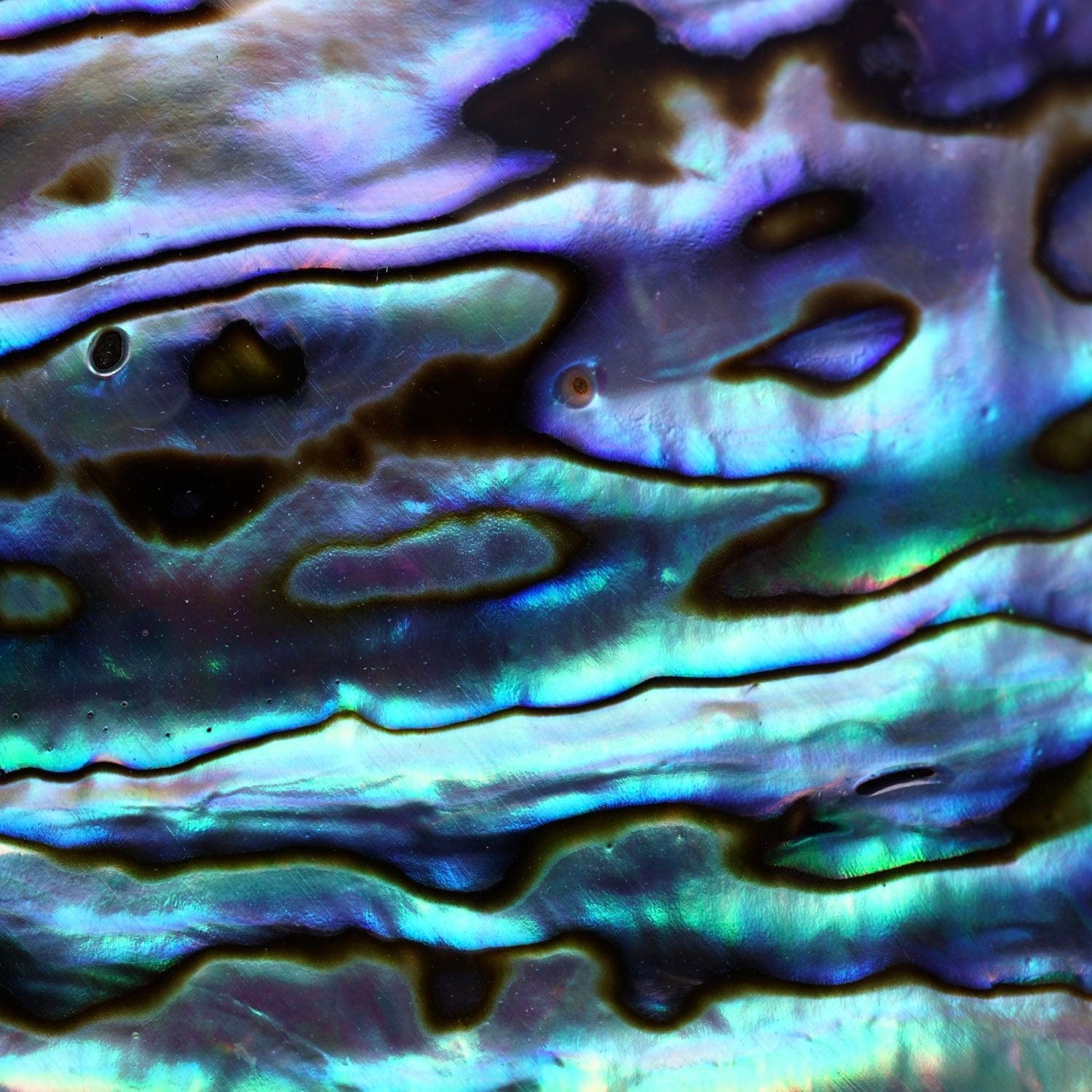
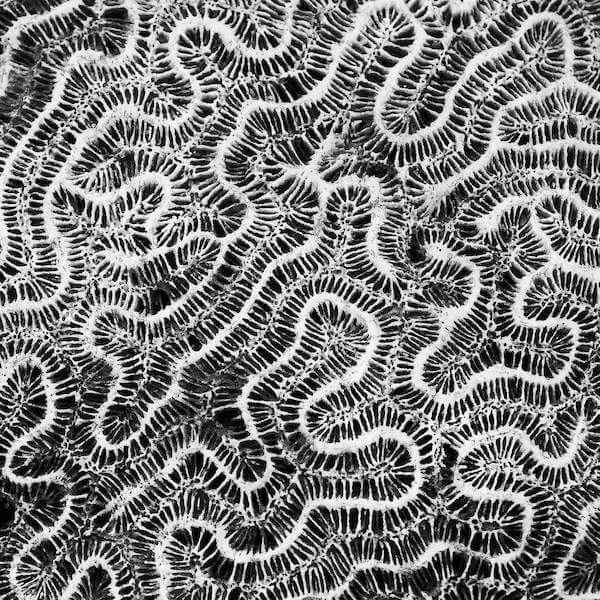
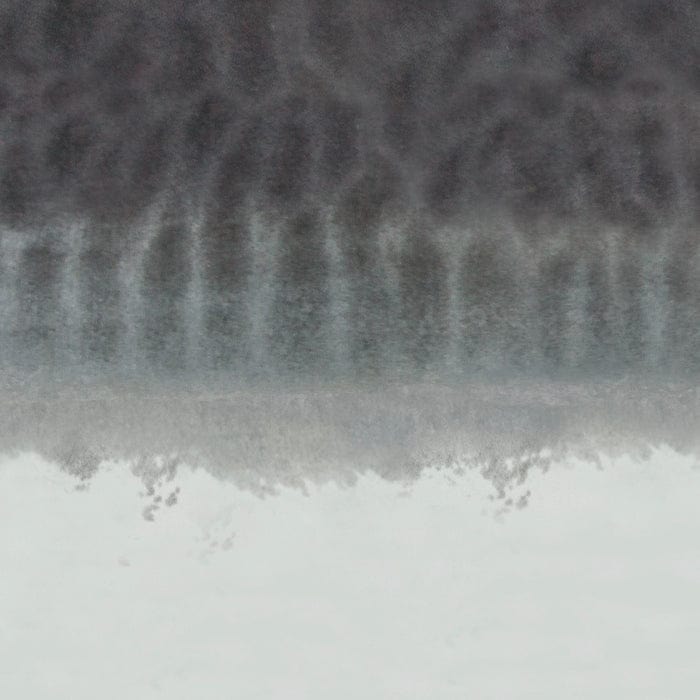
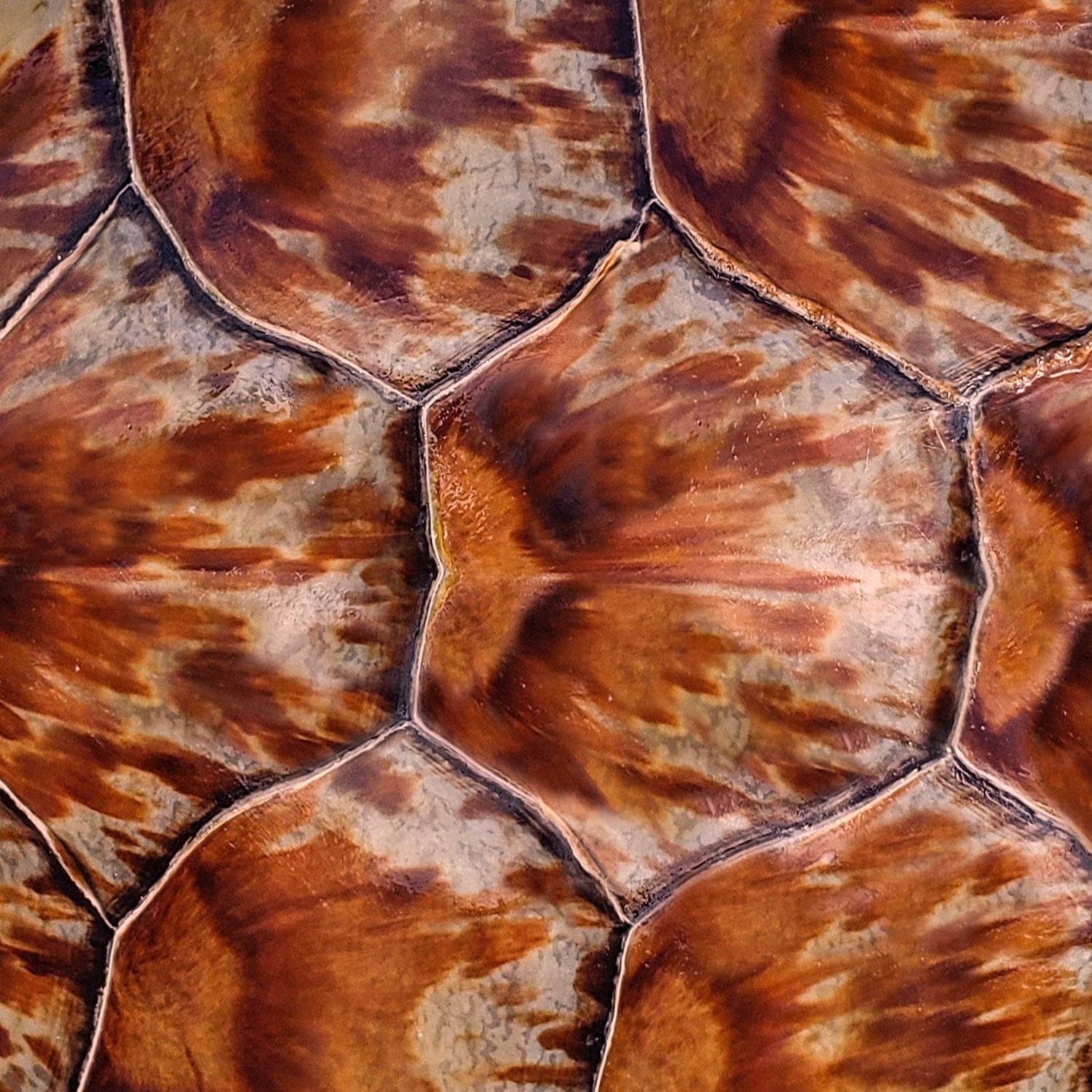
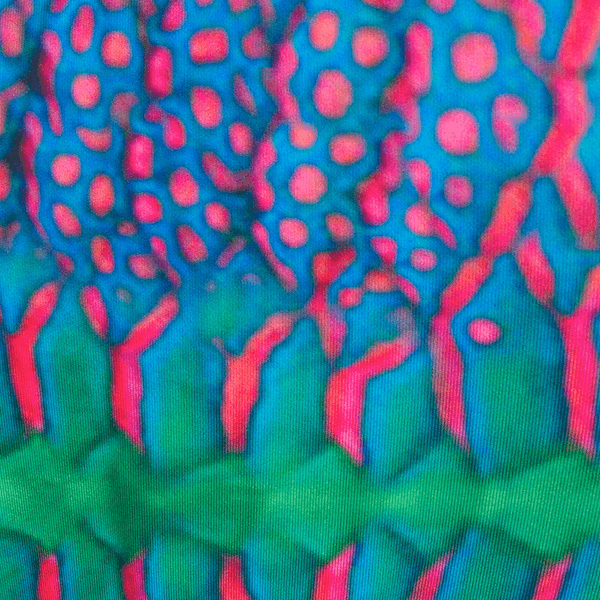
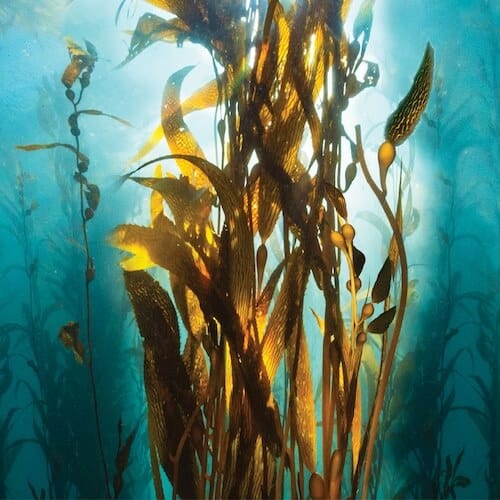
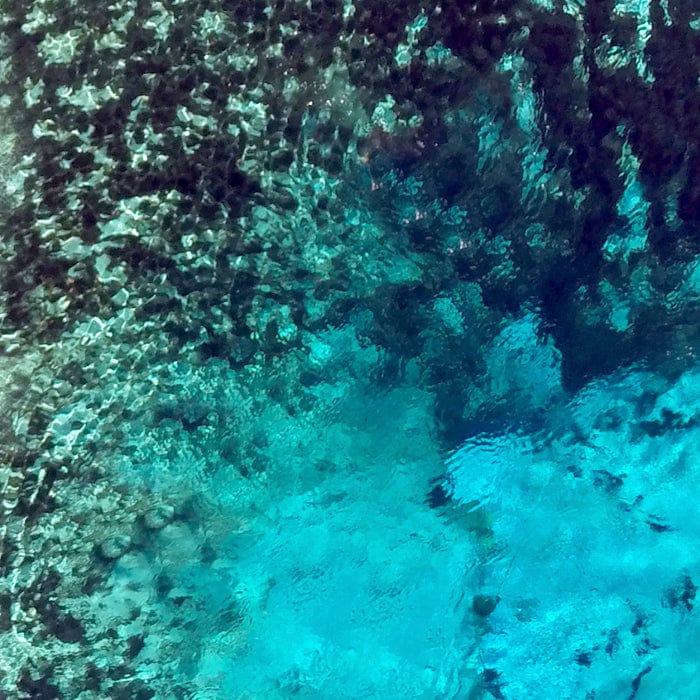

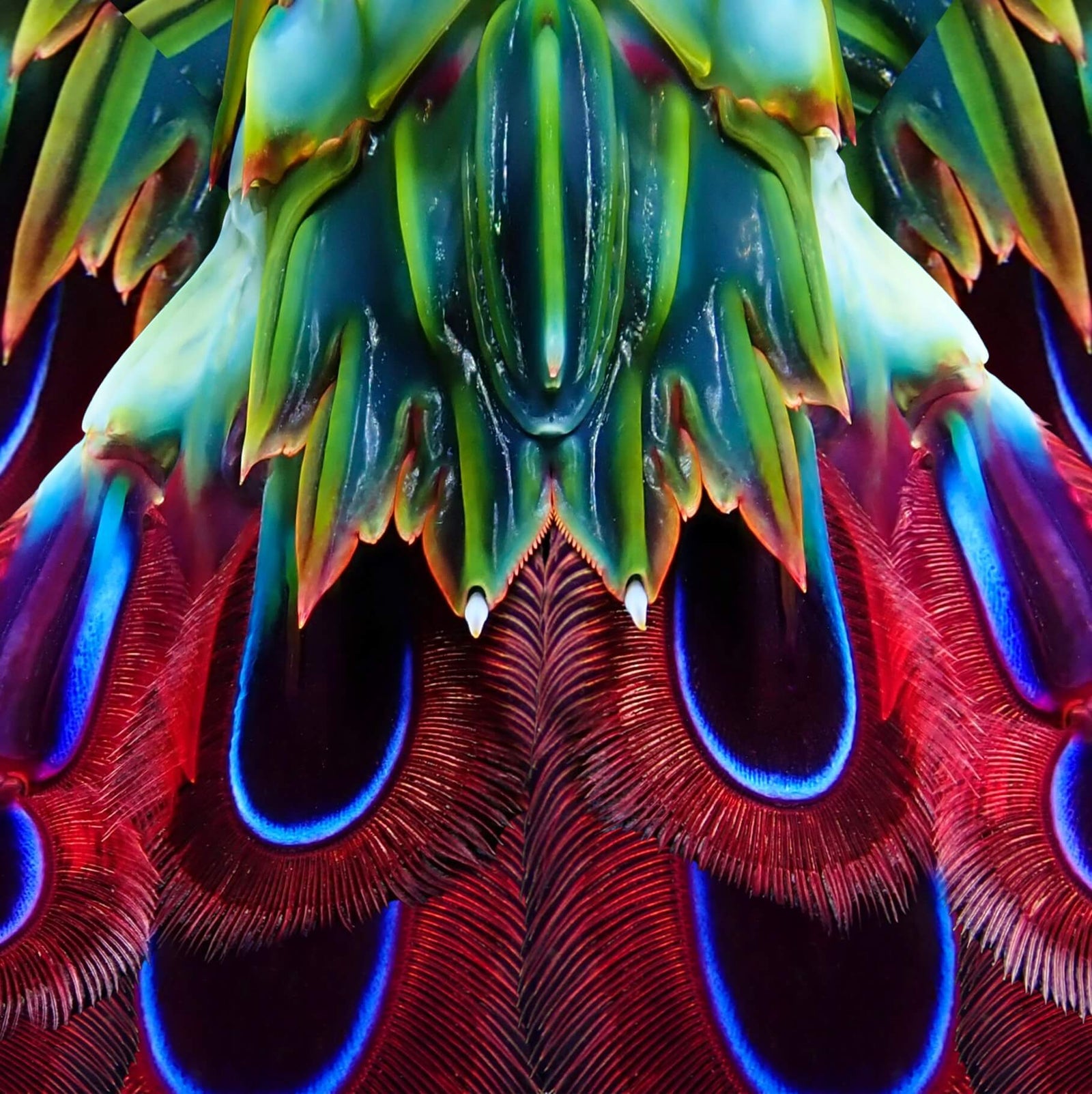
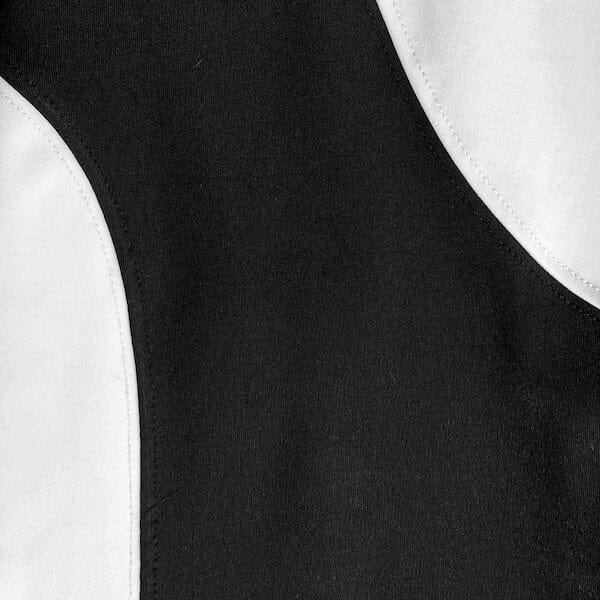

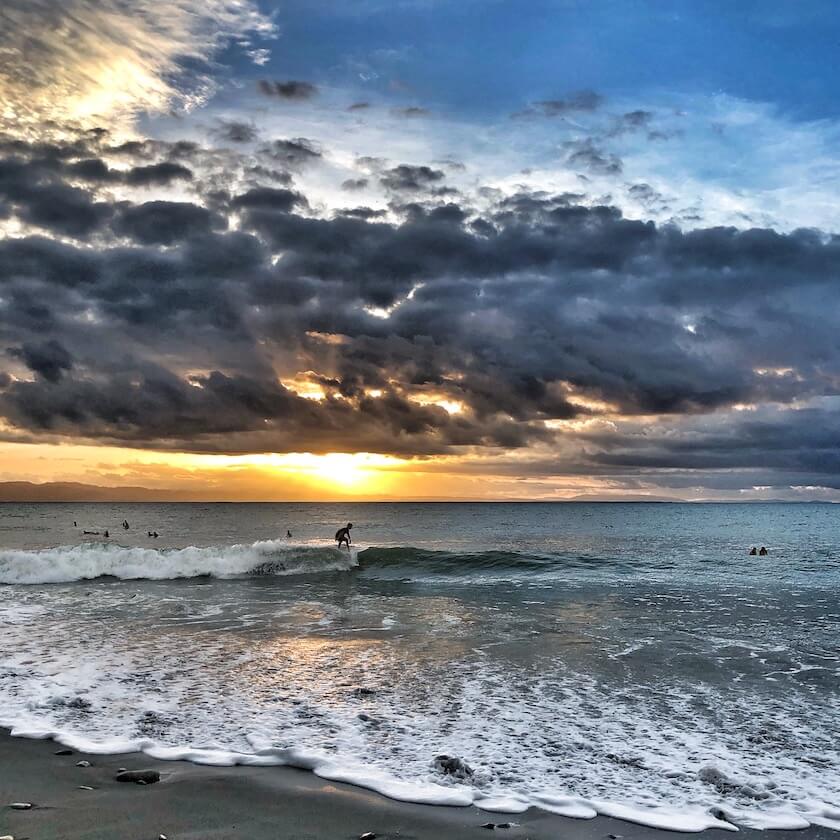
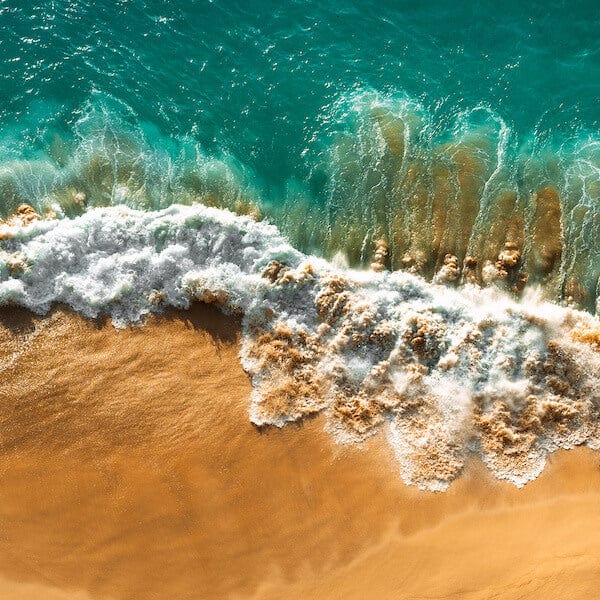
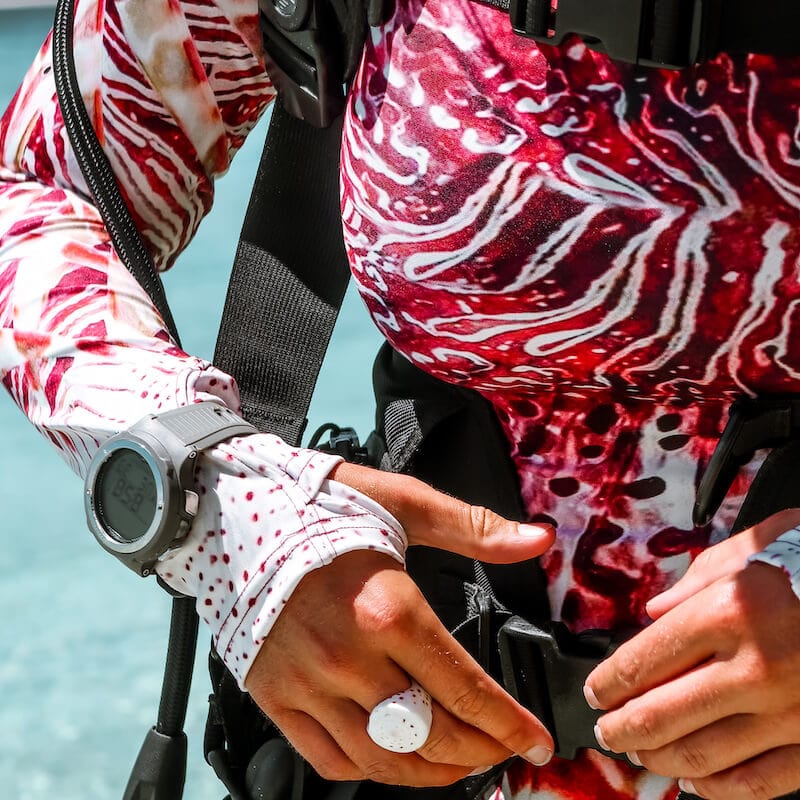
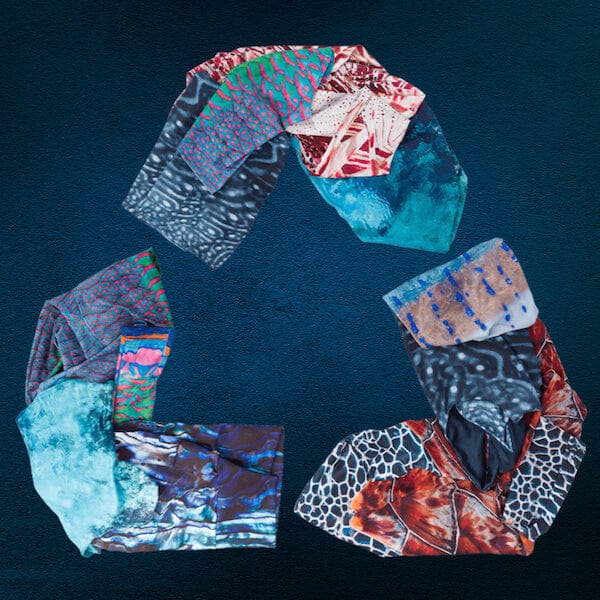

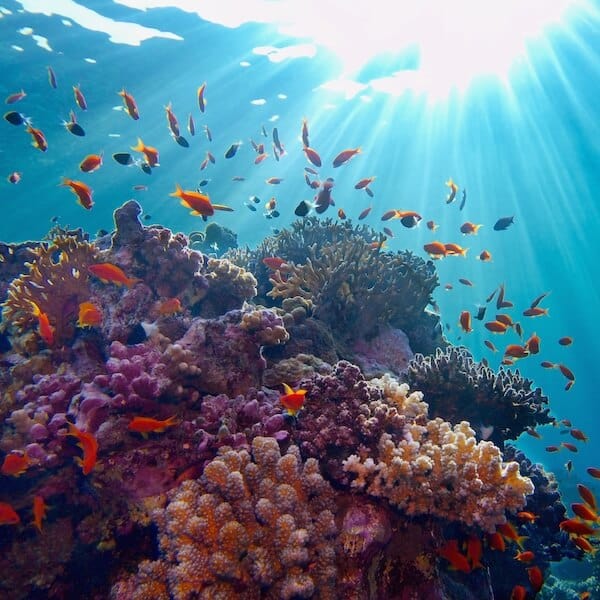
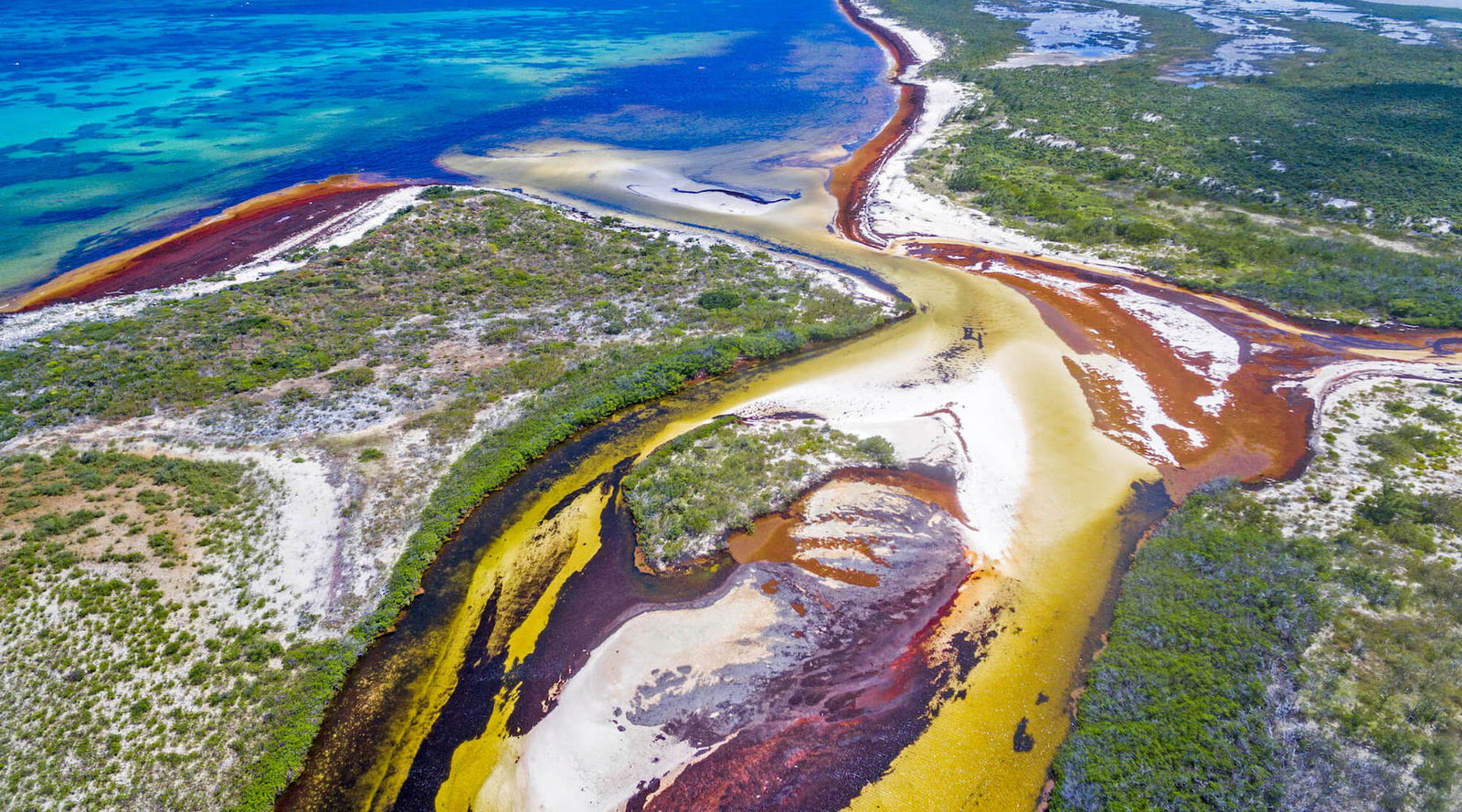
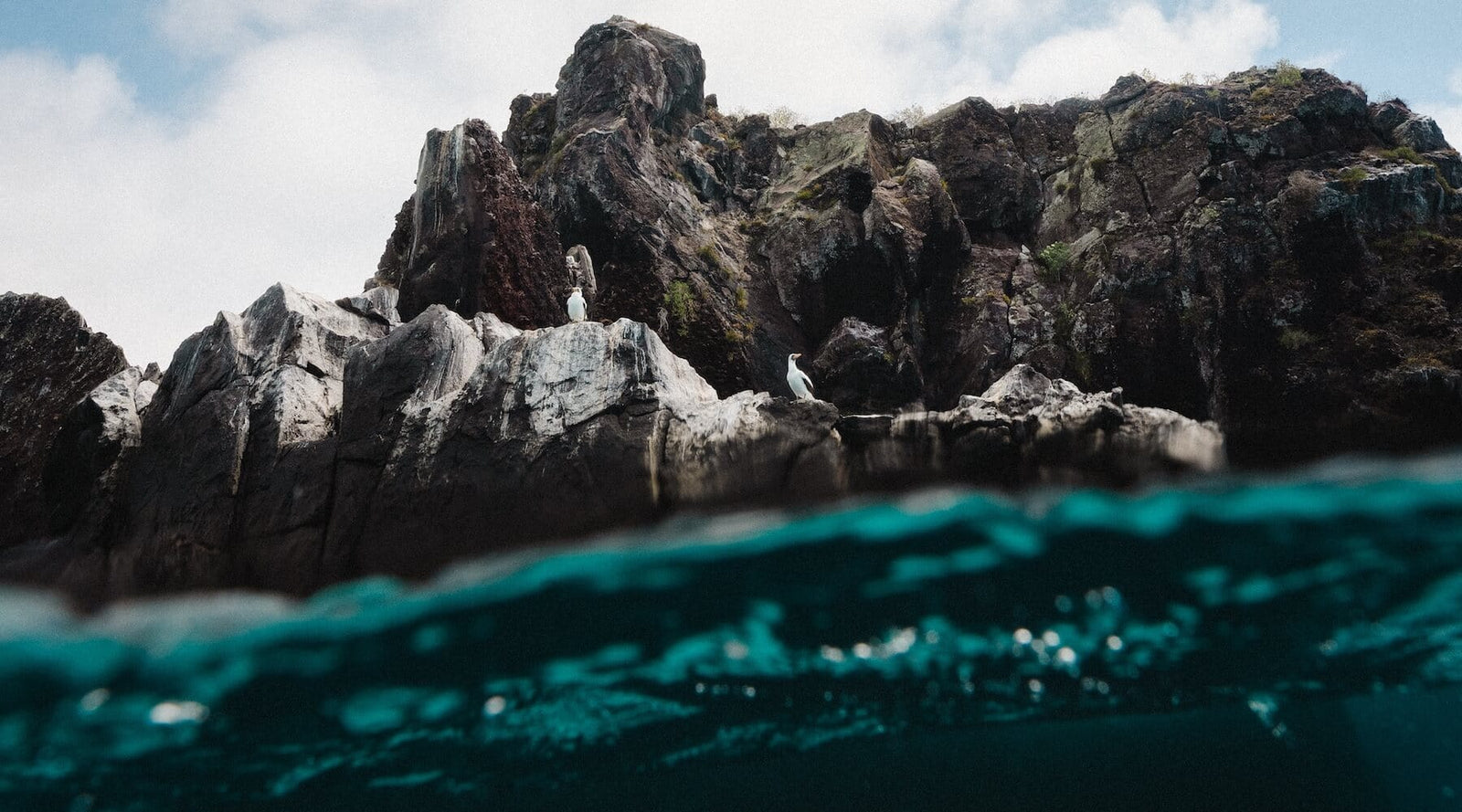
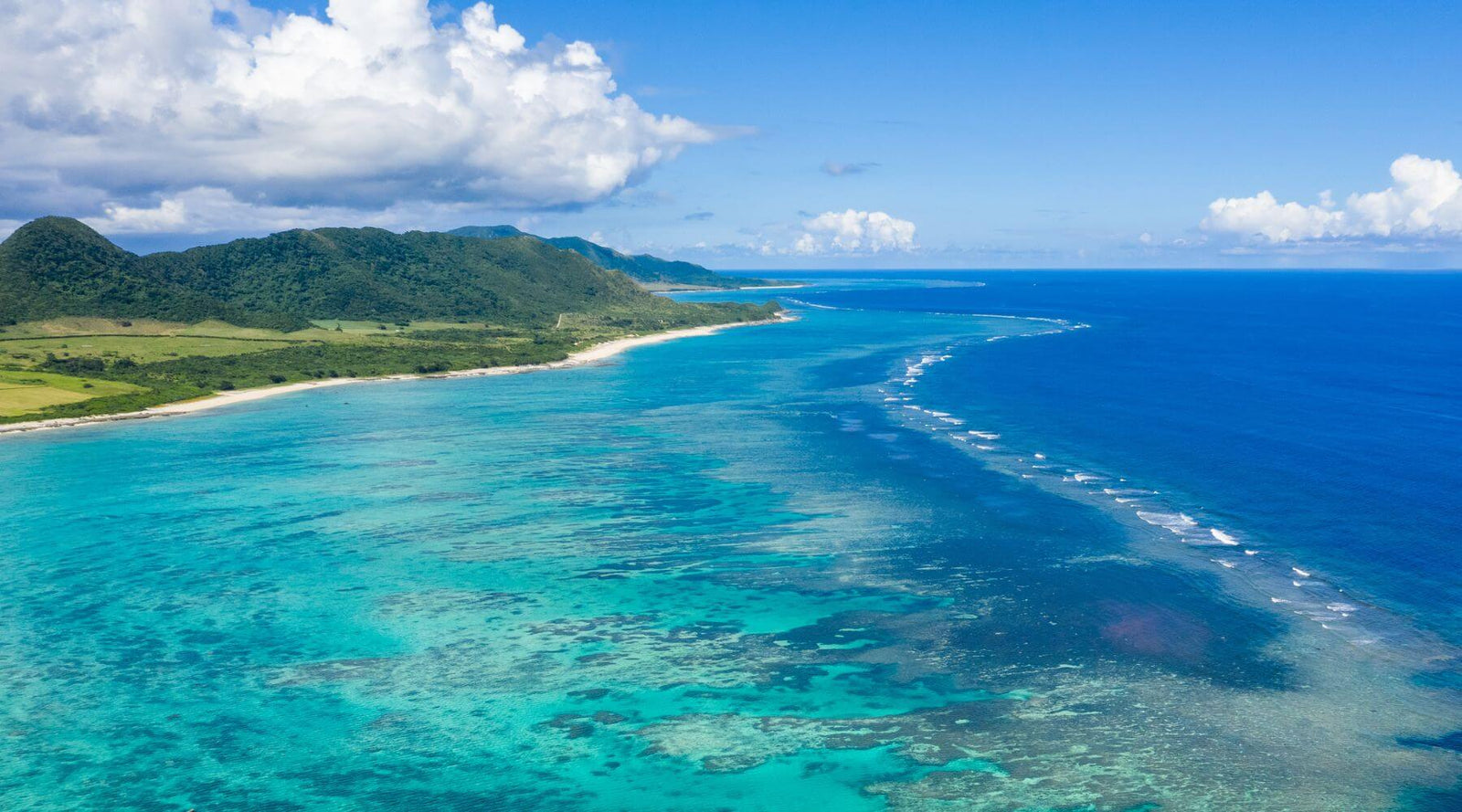
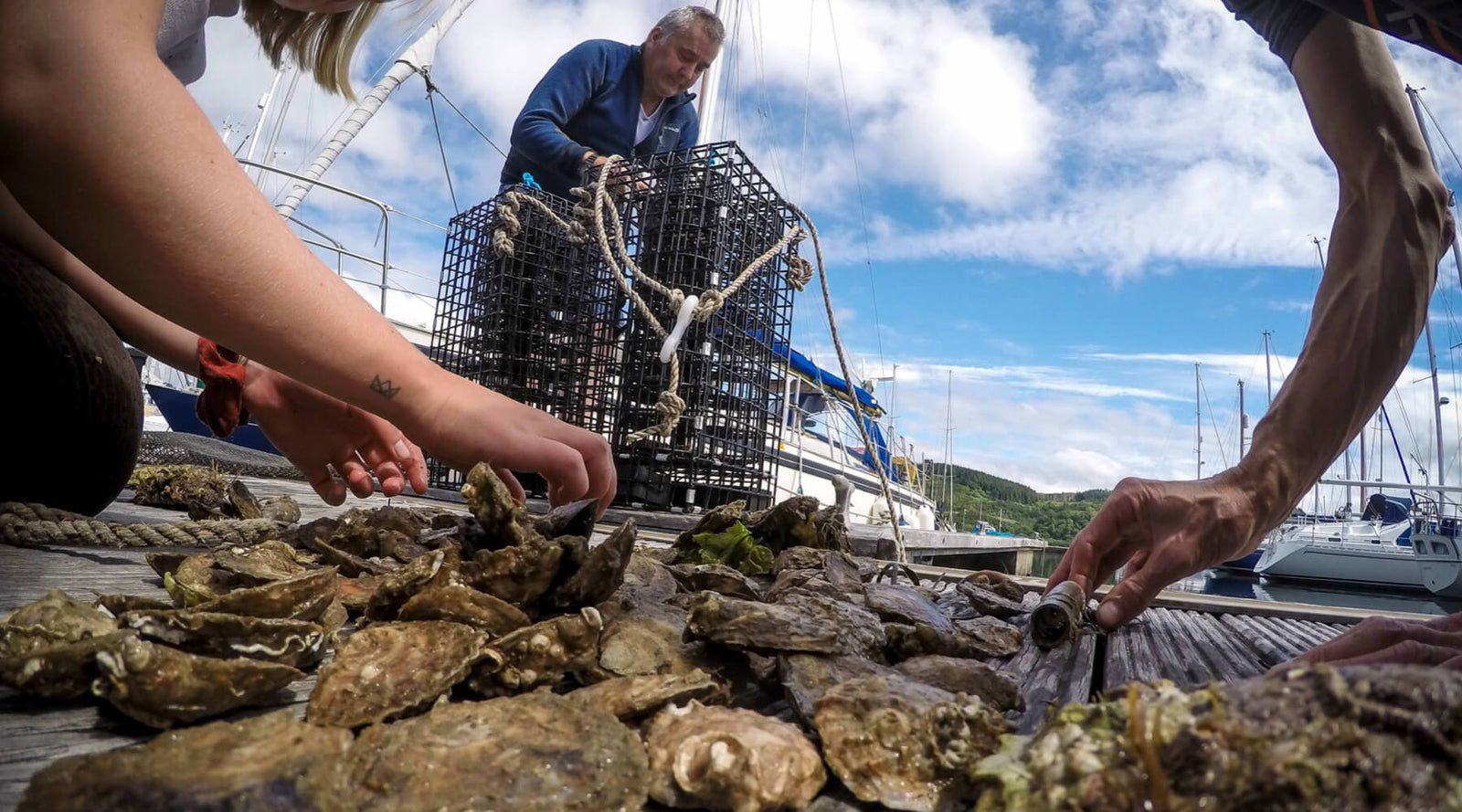
Darci
March 09, 2022
Sargassum is a member of the Kelp family in West Africa. We have other names for it. It is used for medicinal purposes, such as tea, soap, and ground into powder form as a food spice. My family has been using it for decades. Most of the world do not know it’s high iodine nutritional value. Sargasum is used in many pharmaceutical medicines. It’s a goldmine that only needs a distributor to share with the world.